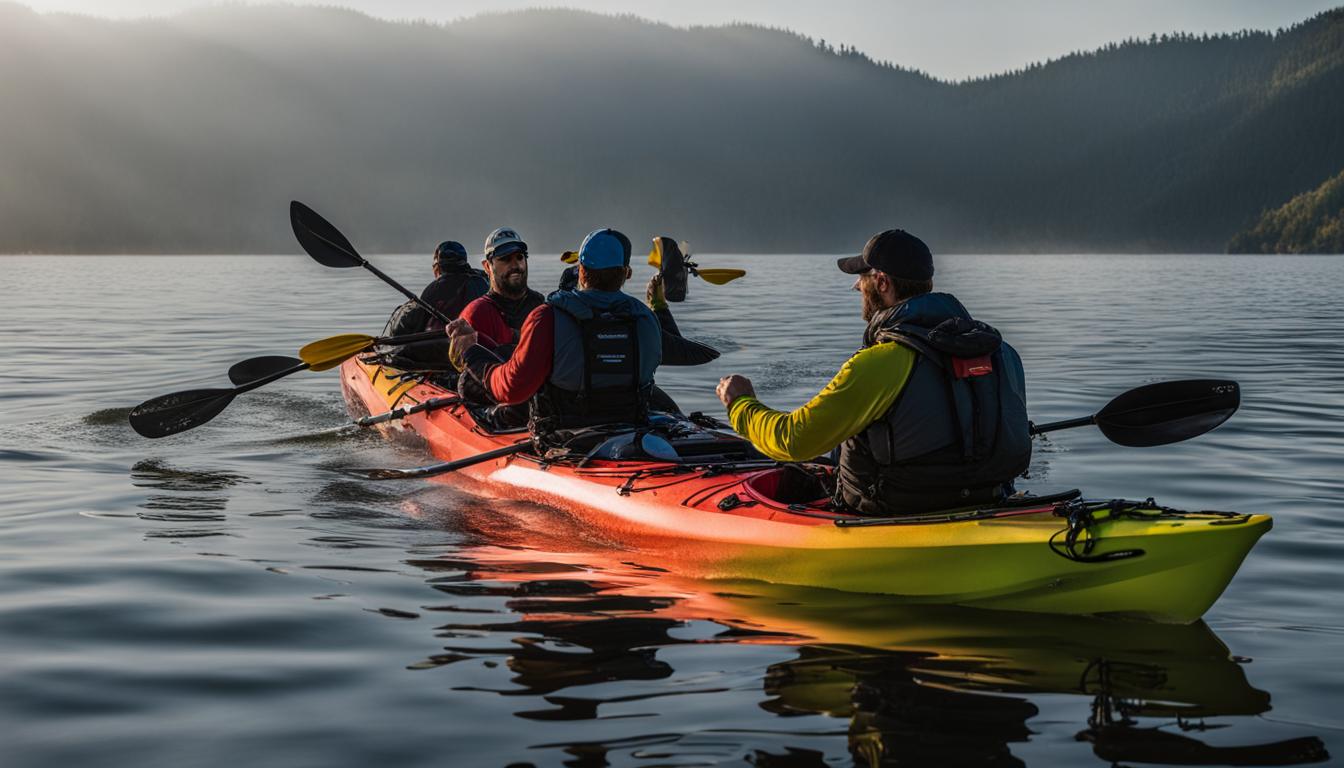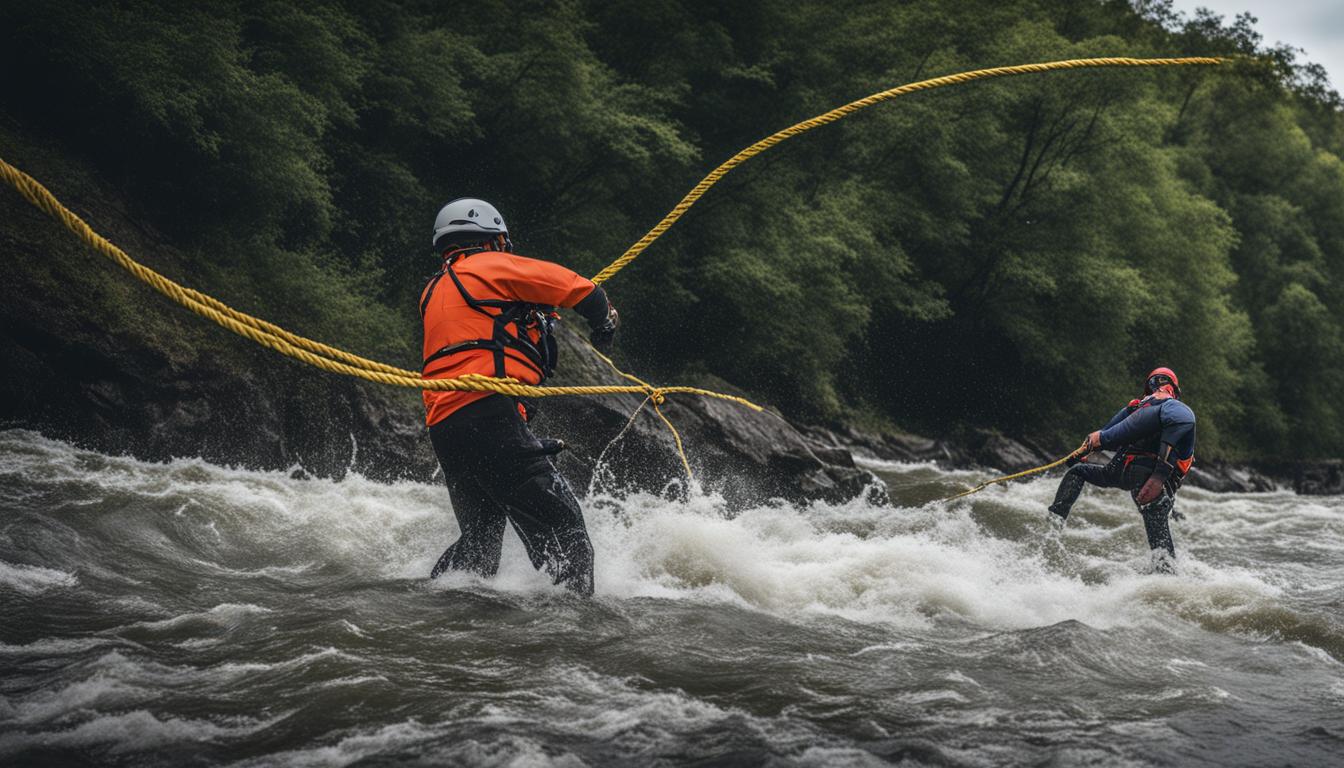Proper storage is crucial for preserving your kayak during the winter months. To prepare your kayak for cold storage, start by cleaning it thoroughly, removing grime, dirt, and sand. Be sure to clean and dry all parts of the kayak, including the rudder, rudder cables, foot braces, hatch, and drain plug. Position cradles and straps to evenly distribute the weight of the kayak and consider using a sun-protection spray to protect the surface. When choosing where to store your kayak, indoor storage is ideal to protect it from direct sunlight, rain, snow, and extreme temperatures. If indoor storage is not possible, choose a shaded outdoor spot and use a kayak storage cover or tarp to prevent snow and ice from accumulating. Consider using racks or suspension systems to support your kayak and prevent deformation. Take measures to prevent theft by storing your kayak in a locked location or using specialty locks and security cables. Overall, proper storage will ensure that your kayak remains in good condition and ready for the next season.
Key Takeaways:
- Thoroughly clean and dry your kayak before storing it for the winter.
- Choose indoor storage if possible to protect your kayak from extreme temperatures and weather conditions.
- Use a kayak storage cover or tarp if storing your kayak outdoors.
- Consider using racks or suspension systems to support your kayak and prevent deformation.
- Take measures to prevent theft by storing your kayak in a locked location or using security cables.
Choosing the Right Storage Solution for Your Kayak
When it comes to storing your kayak, you have several options to consider. For short-term storage, such as day-to-day use or shorter off-season periods, choose a storage solution that is easily accessible and offers protection from the elements. This could include wall-mounted or free-standing racks, or hanging your kayak from the ceiling using a suspension system.
If you are storing your kayak for the winter or long periods, you may need to take additional precautions. Inflatable kayaks can be easily deflated and stored in a cool, dry place. For other types of kayaks, consider the available space and choose between indoor and outdoor storage. Indoor storage in a climate-controlled area is ideal for protecting your kayak from extreme temperatures.
However, if indoor storage is not possible, you can opt for outdoor storage with a kayak cover or tarp to protect it from snow, ice, and UV damage. Regardless of the storage solution you choose, make sure to keep your kayak clean, take measures to prevent theft, and ensure that it is stored in a way that prevents deformation and damage.
Table: Comparison of Different Kayak Storage Solutions
| Storage Solution | Advantages | Disadvantages |
|---|---|---|
| Wall-mounted racks | Easily accessible, space-saving | Requires installation, limited capacity |
| Free-standing racks | Can hold multiple kayaks, portable | Takes up floor space, less secure |
| Suspension system | Utilizes vertical space, easy to install | Not suitable for heavy kayaks, limited accessibility |
| Kayak cover or tarp for outdoor storage | Protects from elements, cost-effective | Requires proper anchoring, limited UV protection |
Properly storing your kayak is essential for its longevity and performance. Consider your storage needs and available space when choosing a storage solution. Whether you opt for wall-mounted racks, free-standing racks, suspension systems, or outdoor storage with a cover or tarp, ensure that your kayak is protected from the elements and stored securely. By taking these precautions, you can keep your kayak in top condition and ready for your next adventure.
Conclusion
Properly storing your kayak during the winter months is essential for preserving its lifespan and ensuring it remains in good condition. By following the tips outlined in this article, you can prepare your kayak for cold storage and protect it from the elements.
Cleaning your kayak and drying it thoroughly will prevent damage and mold growth. Be sure to remove any grime, dirt, and sand from all parts of the kayak, including the rudder, foot braces, hatch, and drain plug.
Choosing the right storage location, whether indoor or outdoor, is crucial. Indoor storage in a climate-controlled area is ideal for protecting your kayak from extreme temperatures. If indoor storage is not possible, opt for outdoor storage in a shaded area and use a kayak cover or tarp to shield it from snow, ice, and UV damage.
Take measures to prevent theft by using locks and security cables, and consider racks or suspension systems to support your kayak and prevent deformation. Regularly check on your stored kayak and perform any necessary maintenance before the next kayaking season. With proper storage and care, your kayak will be ready for many more adventures in the years to come.
FAQ
How should I clean my kayak before storing it for the winter?
It is important to clean your kayak thoroughly before storing it for the winter. Use a mild detergent and water to remove grime, dirt, and sand from all parts of the kayak, including the rudder, rudder cables, foot braces, hatch, and drain plug.
Where should I store my kayak during the winter?
Ideally, you should store your kayak indoors to protect it from direct sunlight, rain, snow, and extreme temperatures. If indoor storage is not possible, choose a shaded outdoor spot and use a kayak storage cover or tarp to prevent snow and ice from accumulating.
How can I prevent my kayak from getting damaged or deformed during storage?
To prevent damage or deformation, position cradles and straps to evenly distribute the weight of the kayak. Consider using racks or suspension systems for additional support. Regularly check on your stored kayak and perform any necessary maintenance before the next kayaking season.
How can I prevent theft of my stored kayak?
Take measures to prevent theft by storing your kayak in a locked location or using specialty locks and security cables. This will give you peace of mind during the off-season and protect your kayak from unauthorized access.
How do I protect my kayak from freezing temperatures?
Choosing the right storage location is crucial for protecting your kayak from freezing temperatures. Indoor storage in a climate-controlled area is ideal, but if not possible, use a kayak cover or tarp to protect it from snow, ice, and UV damage. Regularly check for any signs of freezing and perform any necessary maintenance.




